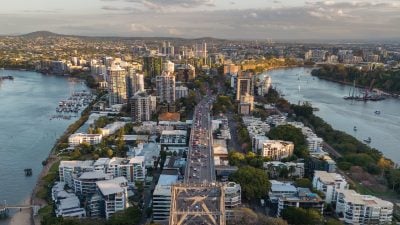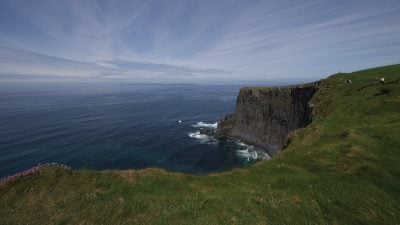Home / UK & Europe / Explore Andalusia’s Historic…

Explore Andalusia’s Historic Three Cities on Your Spain Vacation
Andalusia is a unique region in Spain, like no other part of the country. A Spain vacation which includes Andalusia can offer a glimpse into a colourful and vibrant historical era.
Andalusia may be known as the “home of the Flamenco,” but its real legacy is the mixture of cultural influences left by 3 religions – Islam, Christianity, and Judaism. Conveniently situated within the same geographical region of Southern Spain, there are three Andalusian cities worth visiting individually. The Moors from North Africa, who ruled this part of Spain from the 8th to the 15th century, greatly influenced the architecture and the character of the cities of Granada, Seville, and Cordoba, as did the period of the ruling Catholic Conquistadors who followed. Visiting these cities on Spain tours is like taking a stroll through history, while soaking up the sunny ambience.
Granada
Granada was the last Muslim city to fall to the Christians in 1492. It has a beautiful, scenic setting with the snow-capped Sierra Nevada mountain range towering in the background. Synonymous with the name Granada is the Alhambra Palace, a UNESCO World Heritage Site, which itself overlooks the city from its vantage point on top of a hill. It is, in effect, an extensive series of beautiful palaces and gardens built as far back as the 14th century. It has been described as a fortress, a palace, and a city within a city – all of which it was. Its architecture is dazzling. In the centre of the Alhambra is the immensely large Palace of Charles V, a magnificent example of Spanish Renaissance architecture. The complex of buildings called the Nasrid Palaces, like all places popular with visitors, requires you to purchase an entrance ticket. It is suggested you do this well in advance as I understand the number of visits per day is limited. If you reserve in advance, you will be allotted a specific time slot to enter. This complex served as residence to the kings of Granada. The domed ceiling stands out – with its more than 8000 cedar pieces which with its star pattern, represents the seven heavens. Adjacent to the Alhambra is the Generalife, which translates to “Garden of Paradise.” It is a series of beautifully laid-out gardens containing courtyards, archways, pathways, pools, fountains, waterfalls, and flowers. Check out the 700 year-old cypress tree. The Generalife is a UNESCO World Heritage Site in its own right.

Granada’s Cathedral, located in the centre of the original Muslim area, and dating back to 1523, is the burial place of many Catholic monarchs, including Queen Isabella (who encouraged Christopher Columbus to sail across the Atlantic) and King Ferdinand, her husband. Its stunning interior contains some wonderful sculptures and interesting glass windows. There is also a small museum which houses Isabella’s sceptre and crown, plus some valuable paintings.
A fascinating district in Granada is the Alcaiceria, close to the Cathedral. It is a compact neighbourhood of narrow streets and alleyways decorated with Moorish-styled arches. It was originally the site of the Great Bazaar of Granada in medieval times, but was burnt down in 1843. Today it is home to a number of craft and souvenir shops selling ceramics, silks, jewellery, and spices.
You might want to take a scenic stroll along the banks of the River Darro with its 5 bridges. If you do, you will be rewarded with a wonderful array of distinguished Arab houses, ancient churches and mosques, lovely plazas, and convents, as well as many pleasant bars and restaurants.

The third UNESCO World Heritage site is the Albaicin, an old Arab Quarter. This historic quarter once consisted of 40,000 inhabitants and 30 mosques. Today, most of the latter have been destroyed over time. Again, it is made up of a labyrinth of narrow streets. A walk through this neighbourhood, with its ancient Spanish/Muslim architecture, will take you back to historical times with its unique ambience. You will also have great views from here of the Alhambra. If you feel in need of rest and nourishment, there are some very attractive cafes here which offer just this.
The International Music and Dance Festival of Granada has been going on for the last 65 years and takes place every year in the summer, with performances of traditional and modern dance, as well as ballet. There are also symphony concerts and Flamenco performances. Even if visiting Granada at another time, you will always be able to take in one of the many available Flamenco shows.

Cordoba
Cordoba has been the centre of several civilizations – Roman, Arabic, and Christian. These have all left their mark on the city, be it monuments or buildings. Originally founded by the Romans, it was then taken over by the Moors, and later, taken back by the Christians. So you have Roman relics which include the remains of a Roman wall, a temple, forum, amphitheatre, and several other archaeological sites. Evidence of the Roman period can be seen in the bridge over the Guadalquivir River, which flows through the centre of Cordoba.
This brings us to the Great Mosque of Cordoba, also known as the Mezquita. It is one of the world’s largest and greatest Islamic buildings and is a symbol of the importance and sophistication of the Islamic period, as it related to Cordoba at a time, when it was Western Europe’s largest and most cultural city and home to many poets and scholars. The mosque is unique in its architectural style. Inside, there were once over 1200 gracefully designed columns, of which approximately 850 still exist. It is a breathtakingly beautiful building inside and out. Actually, following the conquest of Cordoba by the Christians, the Mezquita was used as a cathedral. As a cathedral, it took 250 years to complete, and because of this, it shows off a range of architectural styles including Gothic, Renaissance, and Baroque.
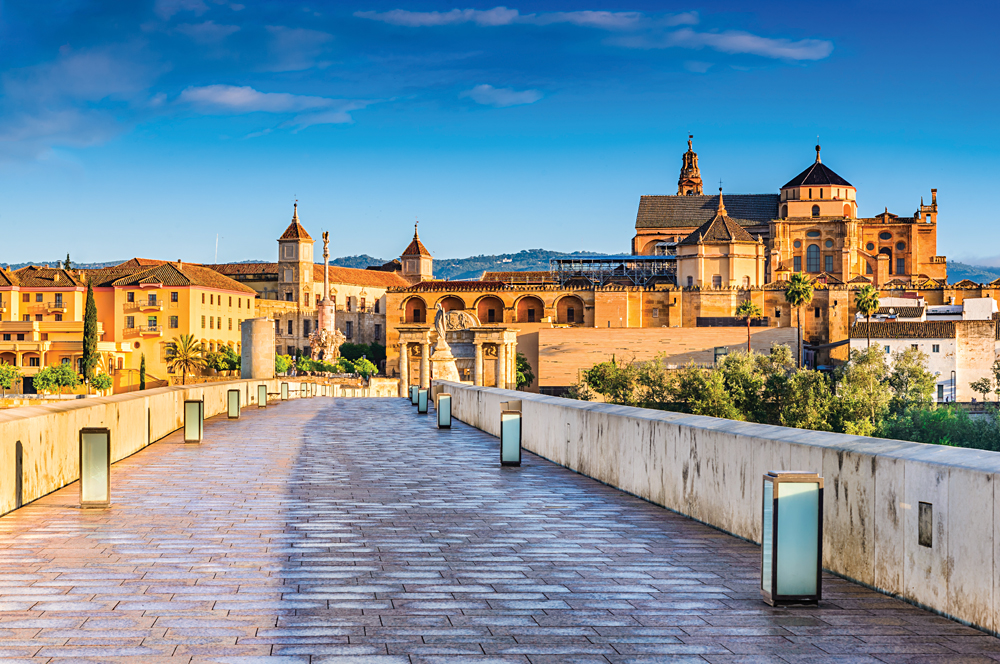
Another of Cordoba’s treasures is the Alcazar (fortress), rebuilt by the Christians in 1328. Located over the Guadalquivir River from the Mezquita, this fortress, originally built by the Arabs, includes a castle with battlements and some attractive gardens. There are several towers and Moorish style baths. The gardens, where you can spend some time relaxing, have a wide variety of plants, palm trees, cypresses, and orange and lemon trees.
Cordoba’s medieval quarter is called “La Judería” (The Jewry). It was once the home of the Jewish community and is now a labyrinth of winding, narrow streets, shady courtyards, and picturesque squares. It houses the Cordoba Synagogue and Casa Sefarad (Sephardic House).
A couple of interesting museums in Cordoba include the Centro Flamenco Fosforito, probably the best Flamenco museum in Andalusia, where you can learn about the history of the guitar and all the Flamenco greats. Regular live performances are held here. The Museo de Bellas Artes (Museum of Fine Arts) is the main art gallery of Cordoba, mainly exhibiting paintings by local masters.

Seville
Seville is not unlike Granada and Cordoba. The Moorish influence is very apparent. However, this city is larger than the other two – being Spain’s fourth largest city – and consequently has a vast number of attractions to occupy any visitor on a Spain vacation. Seville is again situated on the banks of the Guadalquivir River and was once a prosperous port, even though it is 80 kilometres/50 miles from the Atlantic Ocean. Today it is a major business centre for the South of Spain.
Seville has three UNESCO World Heritage Sites – the Alcazar, Seville Cathedral, and the General Archive of the Indies. The best known is the Alcazar Palace, built initially in the 1300s. However, it has been expanded and reconstructed many times over the centuries. Today, it is still used as a royal palace (it held the wedding feast of the daughter of King Juan Carlos I, after her marriage in Seville Cathedral). This enormous complex has many rooms, magnificent halls, and courtyards all hidden behind the walls. The Alcazar is divided into sections dating through a succession of eras which include Moorish (11th-12th century), Gothic (13th century), Mudejar (14th century), and Renaissance (15th-16th century). The heart of the Alcazar features the Mudejar Palace, with its Mudejar architecture. (The Mudejars were the Moors who stayed on in Spain after the Christians took over the region). Then there is the Renaissance Palace where Columbus signed his agreement with Queen Isabella. The Palace of King Don Pedro I houses Queen Isabella’s bedroom and private chapel, the dining room, the king’s study, and other chambers. As you can see, the Alcazar needs a few hours of your time to really experience it to the full. And then there are the gardens which are truly exotic in style, with many tropical flowers on display. These large and extensive gardens have both Moorish and Renaissance influences.
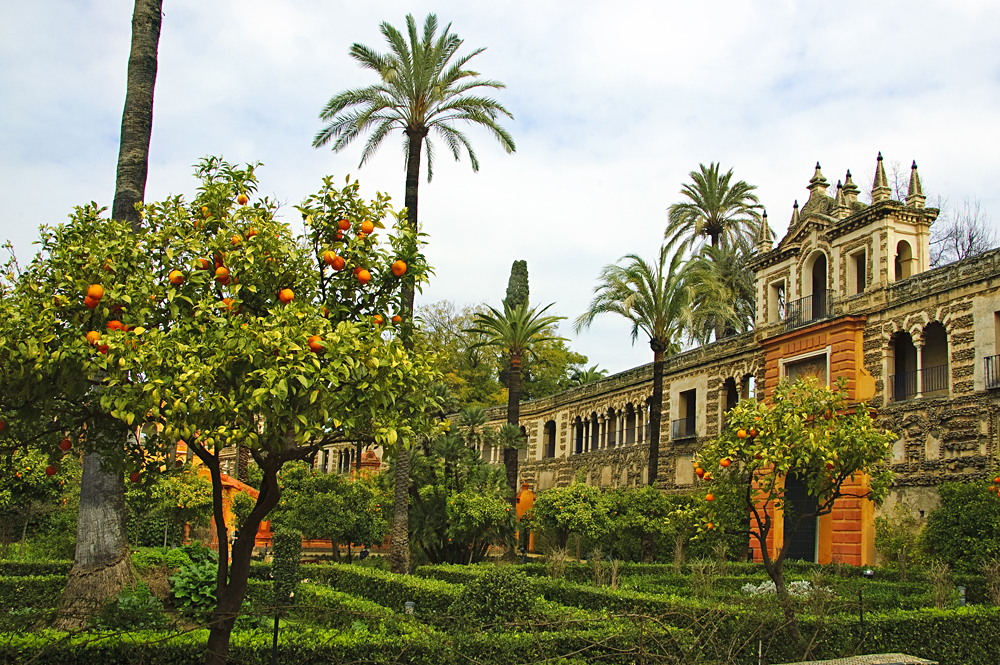
The next UNESCO site is the enormous Seville Cathedral, the third largest in the world after the Vatican in Rome and St. Paul’s in London. Interestingly enough, it was built on the site of a 12th Century mosque, the minarets of which still exist. It took 100 years to complete the cathedral. In many ways, it acts an art gallery as it contains well-known works by artists such as Goya, Murillo, and others. Just inside the Cathedral is the monumental tomb of Christopher Columbus, supposedly containing his bones brought here from Cuba in 1898. The main chapel, called Capilla Mayor, has possibly the largest altar in the world with a gold leaf design of the story of Jesus. You can climb up the stairs if you wish, to the belfry. I am told the popular tv show Game of Thrones has shot many scenes at this location.

The third UNESCO site, which you can explore on your Spain vacation, is the General Archive of the Indies. It is one of the most important document collections about the conquest of the New World. It is housed in a 16th century building and has, amazingly, 80 million pages of documents! This is open to the public, with exhibits including maps and documents relating to Spain’s Colonial days. It really is a story about Spain’s discoveries, explorations, and conquests. There are even letters written by Christopher Columbus on display.
Outside of these three historical attractions, there is something totally different and modern – the Metropol Parasol, the largest wooden structure in the world. It is a building shaped like an umbrella, designed by German architect, Jurgen Mayer, and completed in 2011. This modern structure houses the central market, an underground archaeological complex, and a concert hall. The terrace roof provides scenic views of Seville. This controversial building took 6 years to complete.
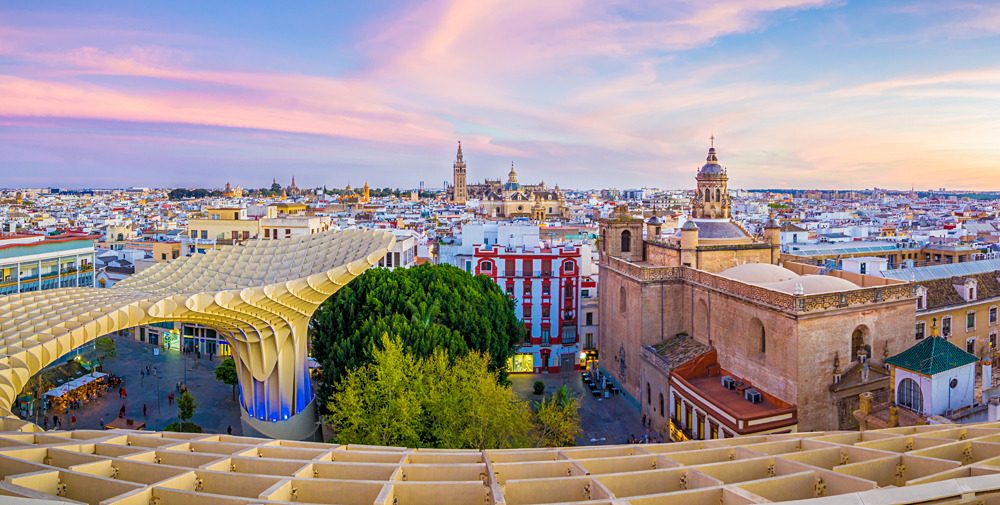
The Museum of Fine Arts of Seville, or Museo de Bellas Artes de Sevilla, has a collection of mainly Spanish visual arts, from the medieval period to the early 20th century, including a choice selection of works by artists from the so-called Golden Age of Sevillian painting during the 17th century, such as Murillo and Zurbaran.
One of Seville’s most photographed landmarks is the Torre del Oro (Tower of Gold), a watchtower built in the 13th century. It is prominently located on a wide promenade near the river bank. It was part of the city’s defensive walls and was linked to an octagonal tower nearby, the Torre de la Plata (Silver Tower), which has also been preserved.
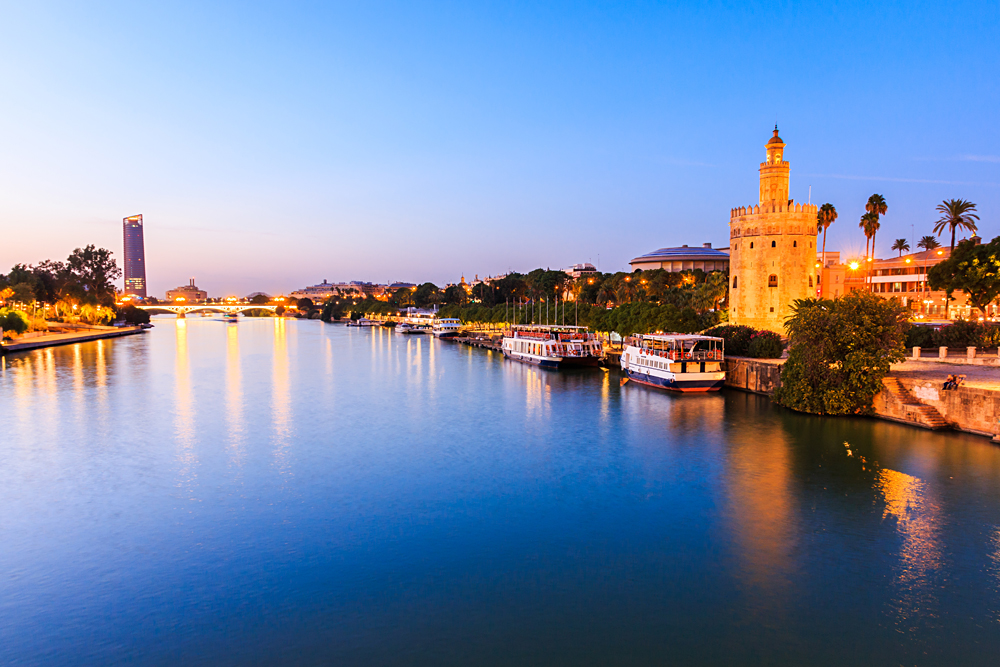
Because this is Andalusia, Seville also has a Flamenco museum, which is spread over three floors of an 18th Century palace. The collection includes sketches, paintings, photos, plus dresses and shawls. If you want to experience the real thing, on your Spain vacation, there are nightly Flamenco concerts in the courtyard of the museum.
If you happen to be in Seville in April, this is the time of the Seville April Fair, an event which lasts 6 days and is adored by the local Sevillanos. Apart from parades of carriages and riders in full costume, there is entertainment consisting of Spanish singing and dancing. The locals stay up late each night to dance, sing, drink sherry, eat tapas, and to generally enjoy themselves.

So, if the above three cities appeal to you, don’t forget that the sunshine is ever present. It will be very difficult to not become enamoured with Andalusia on your Spain vacation.
Suggested Itineraries:
8-Day Trails of Andalucia – Small Group: Seville to Granada
11-Day Iberian Inspiration Back Roads: Madrid, Toledo & Andalucia to Lisbon
Get more travel inspiration by email.
Subscribe
0 Comments

Get the latest travel trends & hear about the best deals on vacations around the world.
If you’re a Globetrotter, these are the newsletters for you!

